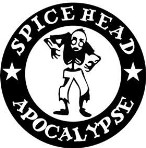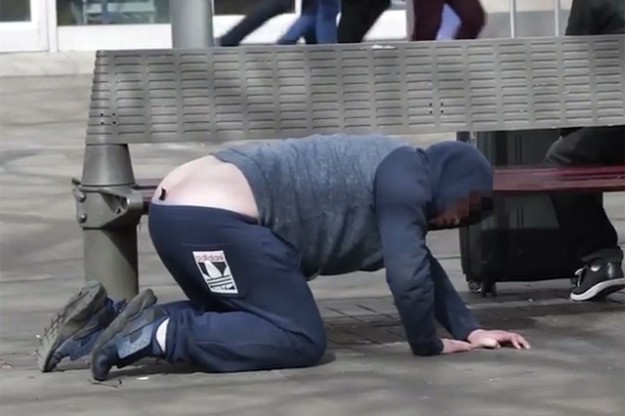The spread across UK - We’re here to help you, not them!
Main menu
The spread across UK

The Spread across the UK
Across the country from North, South, East and west, we've had reports of a UK’s Spice epidemic, as the most popular and widespread New Psychoactive Substances have been all over the news in the past few months.
The worst hit towns and city's in the UK being Worksop, Blackpool, Middlesbrough, Hartlepool, Liverpool, Islington, Camden, Hastings, Tower Hamlets, Chesterfield and Stoke-
With the tabloid press publishing apocalyptic scenes of disorientated users passed out in city centre streets, and shocking ‘behind-

But what is it, and how did we get to this point?
Describing a man-
Under this capacious umbrella term, there are estimated to be over 100 varieties, with more than 700 known street names including ‘Black Mamba’, ‘Bombay Blue’ and the more self-
While the effects can be similar as a muscle relaxant and euphoric mood-
Prior to 2016, Spice was most often sold under the guise of ‘herbal smoking mixtures’ from city centre head shops.
This ready availability on our high streets, coupled with a relative cheapness and huge user demand formed the basis of a dangerous cocktail which has transformed the drug from high-
Its low cost in particular has made it the perfect ‘gateway drug’ for cash-
Because of this intrinsic appeal to both the homeless community and youth market, its proliferation on our streets has had devastating consequences for those who are already at-
A survey by the Daily Star found that 200 Brits are rushed to hospital every day after taking some form of Spice, putting enormous pressure on both the emergency services and associated public health sector including social and outreach workers.
During its period of legality, a number of high-
Often marketed as harmless, with youth-
With side effects ranging from anxiety and paranoia at the milder end of the spectrum to convulsions and organ failure at the other, even consistent drug users report that withdrawal from Spice is worse than from heroin or crack cocaine, with an intensity of addiction that far outweighs that of herbal cannabis.
In May 2016, a blanket ban on Spice and other so-
Then, just before Christmas 2016, the Act was subsequently amended to criminalise not only the supply, but also the possession of synthetic cannabinoids by reclassifying them as ‘Class B’.
Now over a year on, from all sorts of corners, the word on the street predicted by some , is that the government ban is not only not working, but may actually have exacerbated the problem.
One estimation by the Manchester based homeless charity Lifeshare puts the figure of young homeless people continuing to take Spice despite the ban at 95%.
Dr. Robert Ralphs, a senior lecturer in Criminology at Manchester Metropolitan University says that in practice, little has changed, and what has is perhaps for the worse: “The market has simply switched to the streets.
All that’s changed is the price has gone up, the size of the deal has gone down, and it’s become more potent”.
It is difficult to comprehend the true extent of the UK’s addiction to Spice.
In part, this because of the relative newness of the ban, as it's still early days after all.
But also because there are simply so many varieties mixed by manufacturers trying to get around the ban with new strains, it is almost impossible to keep tabs on what is, and isn’t Spice.
This complexity and scale of operation means that GP’s, A&E departments, and police forces find it difficult to collect and share meaningful national usage figures.
There are no official figures, but even if there where, Dr Ralphs believes they would likely be a gross under-
While it is true that some of the tabloid scaremongering surrounding Spice verges on the sensational, anecdotal evidence repeatedly shows that the problem is not just media hype.
Certainly if we take the word of charity and social workers, the dangers to those most at risk is both widespread and worrying.